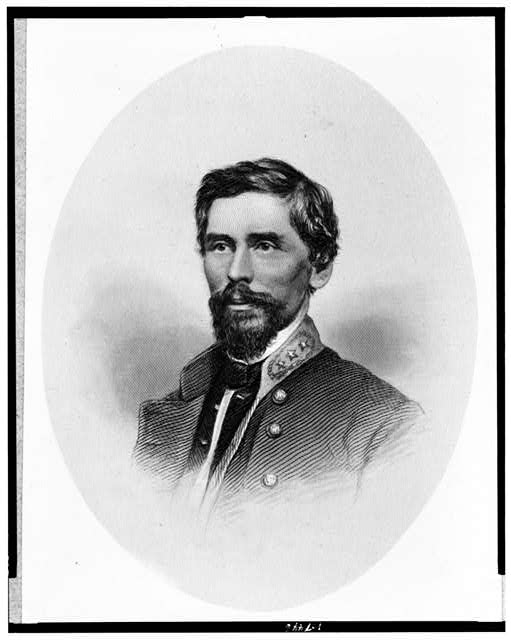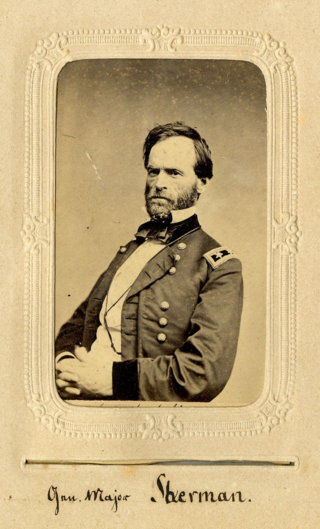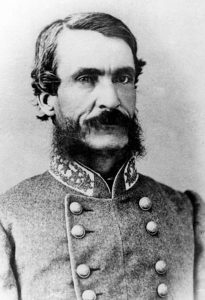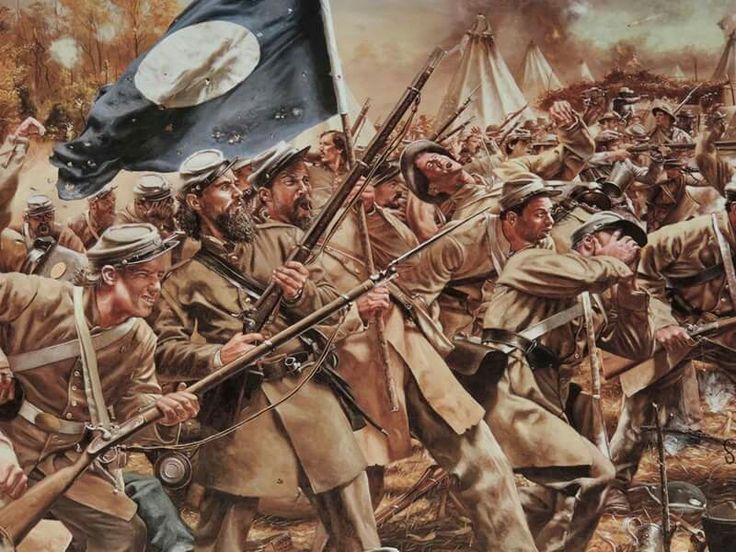Patrick Cleburne at Shiloh or How to Learn Your Trade on the Fly, Part I
Few Civil War commanders enjoy the high reputation of Patrick Cleburne. It is hard to find a battle where he did not excel, and his record reads as a roll-call of the Army of Tennessee’s career: Richmond, Perryville, Stones River, Chickamauga, Missionary Ridge, Ringgold Gap, Pickett’s Mill, Atlanta, and Franklin. Yet, all commanders have their poor showings, as certainly as nearly all poor commanders have a good day. It has been said Alexander the Great and Wellington never lost a battle. Yet, Wellington was often operationally out-maneuvered, and Alexander listlessly moved in a strategic vacuum once Darius III was dead. When Cleburne’s low points are mentioned, Shiloh often gets top billing. Yet, this is only half the story of Shiloh.

Cleburne’s first taste of hard combat came when he launched his lone brigade at William Tecumseh Sherman’s division, confronting brigades led by Ralph Buckland and Jesse Hidlebrand. Cleburne’s men gained surprise. Indeed, when the skirmishers of the 15th Arkansas approached, Sherman gasped “My God, we are attacked!” In the volley, Thomas D. Holliday of the 2nd Illinois Cavalry, attached as an orderly, was killed instantly. Sherman suffered a minor hand wound.
Cleburne’s good luck was due to Sherman’s refusal in the days before to take reports of Rebel activity with the seriousness they demanded. Yet, whatever his errors on April 4-5, on April 6 Sherman would have one of his best days. His division quickly formed up on good defensive ground. Sherman aligned his men and encouraged them. Batteries went into action. Cleburne by contrast would have his worst moment of the war. First, he ordered a lone battery to open fire, which did nothing but awaken Sherman’s men. By the time Cleburne struck, he faced a line of troops that were determined to hold good ground, if a bit confused. The situation favored Sherman, but a well-placed attack might unravel his division. The men on both sides were new to combat, but Sherman’s men were still undergoing drill and Cleburne’s men were better trained. Furthermore, Sherman’s flanks were not secure. The right was open, and the left was held by Julius Raith’s brigade. However, Raith did not know he was in command and the brigade only formed slowly and was never properly aligned.

Fortunately for the Union, Cleburne did not make a well-placed or timed attack. He lunged himself right at Sherman. Cleburne’s men though encountered a swamp. Cleburne at first tried to move through it, but then divided his brigade. Cleburne with the 23rd Tennessee and 6th Mississippi moved to Rea Field, south of the swamp. The 2nd, 5th and 24th Tennessee and 15th Arkansas proceeded straight towards the heights along Shiloh Branch north of the swamp.
The 23rd Tennessee and 6th Mississippi struck the 53rd Ohio, which fell back from their camp. The Rebels overran the camp, but became confused while the 53rd Ohio gave the Confederates a withering volley. The Rebels fell back and Cleburne told the men, “Boys, do not be discouraged, that was not the first charge that was ever repulsed; fix bayonets and give them steel.” On they came again and were repulsed again. The 23rd Tennessee would not move again, but the 6th Mississippi made two more attacks. When it was over, the 6th Mississippi lost 300 men out of 425, one of the worst loss percentages of the war, a staggering 70%. Only sixty men rallied. William Thompson of the 6th Mississippi mused, “Most of the men on the ground were our close friends, neighbors, kinfolk.” Outside of one later attack on Sherman’s camp, the regiment was out of the battle. The only consolation was that the 53rd Ohio collapsed when their commander, Jesse Appler, fled. Only 200 rallied to support the 57th Ohio in the battle line.
The other half of Cleburne’s brigade did not fare well. While the 23rd Tennessee and 6th Mississippi charged across an open field, the other regiments had to move through vines, cross Shiloh Branch, and attack up a wooded hill. They faced Buckland’s 2,200 Federals divided between the 48th, 70th, and 72nd Ohio. There were about 1,500 Rebels. It was a hard fight, and the Federals did take losses. Yet, the Confederates were cut down in larger numbers. Worst hit was William Bate’s 2nd Tennessee. Bate ordered another attack, but as he flashed his sword, a bullet penetrated his left leg and hit his horse. He yelled, “My brave boys, the enemy must be driven back. I am going to charge them again!! How many of you will follow me?” The regiment attacked and was shredded. They never again fought on April 6 and only briefly on April 7, but under a different commander. Cleburne lost around 400 out of 1,000 men in the attack at Rea Field. Another 300-400 likely went down in the other attack, with only the 5th Tennessee not being mauled.
More brigades followed in Cleburne’s wake. Cleburne’s shattered remnants did much to cause confusion, though, particularly in J. Patton Anderson’s brigade, which came up right after Cleburne was shattered. The swamp also spilt up Anderson’s brigade, but his regiments did not make a head long charge. As such, they maintained better cohesion on April 6.

Some of Cleburne’s men took part in the follow-up attacks on Sherman’s division, which only folded once three full brigades and part of another were committed in a coordinated attack. After Sherman fell back, Cleburne collected the 5th and 24th Tennessee and 15th Arkansas. In the early afternoon, he helped repulse the McClernand-Sherman counterattack by turning the flank of John McDowell’s brigade in Crescent Field.
At this point, if Cleburne had died, he would be a footnote and not one treated with words of praise. A spilt attack by a green brigade without artillery support into an enemy with the advantage of terrain and artillery is a recipe for disaster. Yet, as events would show, Cleburne was learning, and he was about to make one of Shiloh’s most successful and forgotten attacks.

Confusion, confusion and more confusion and a bunch of what ifs! Shiloh was bloody and insane combat! Understandable with this initiation to battle!
It was a true slugging match, but one can see moments of inspired generalship and Cleburne certainly learned as it went on.
Had to look up the flag–Hardee’s Third Corps